
Vigro Deep has spent the past seven years reshaping Amapiano, turning experimental, hard-edged beats into a sound that now defines the genre. When he first dropped ‘Baby Boy’ at 17, critics doubted him, but those early mixtapes became the foundation of a distinctive voice that travelled from Pretoria to the world.
With ‘Baby Boy V’, Vigro closes that chapter. The fifth and final instalment is both a return home and a reflection on growth; a fusion of the sounds he’s explored across Afro-tech, 3-step, melodic house, and deep house, while still carrying the energy that made tracks like ‘Ke Star’ and ‘Untold Stories’ hits. It’s a full-circle moment: the sound once questioned has become a cornerstone of Amapiano worldwide.
The future is deliberately undefined. Vigro has always refused to be boxed in, and as he steps beyond the universe that made his name, he’s ready to explore new music, new cultures, and new worlds — all while staying true to the creative spark that turned noise into a movement.

Baby Boy V marks the end of the Baby Boy series. Did you always know that you wanted it to end with Baby Boy V? How did you know that this was the last one you wanted for the Baby Boy universe?
I didn’t plan for Baby Boy V to be the last in the series. I was supposed to drop a Baby Boy V album a long time ago, but I took the sound in a different direction. While working on this album, there was so much that naturally felt like a closing chapter. I’ve grown up, and my sound has grown with me. Over the years, that sound has travelled far beyond South Africa — something I’m really grateful for. A lot of people think I’ve just left home, but this project was about returning to my roots and reminding people where it all started. It’s a full-circle moment that represents both growth and homecoming, and now I’m ready to give a new sound and a new direction. Is it the last? It feels like it, but you never know with me.
So even when you first started with the first Baby Boy mixtape. How did you come to define what that sound was?
I was just experimenting, honestly. Every time I got to the studio, I didn’t really think or plan anything — I just created. Back then, no one was doing what I was trying to do. Most people were making more soulful stuff, and I wanted to flip that by bringing in harder beats, mixing in electro, and fusing different sounds. That’s really how the Baby Boy sound started. At first, people used to make fun of me and say I was just making noise — but I kept going. I didn’t even realise I was building something until it became its own thing.
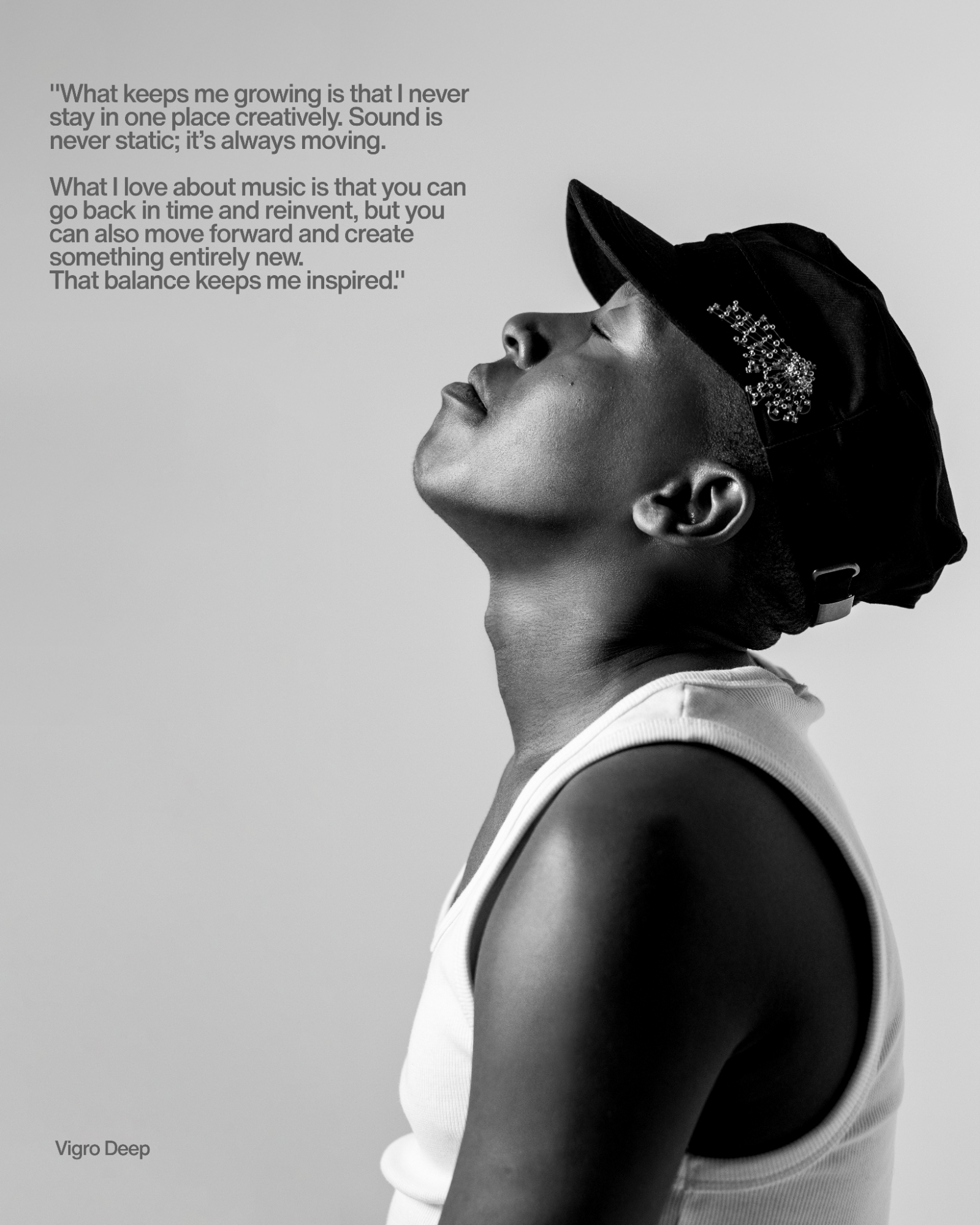
How do you keep that growth going for yourself, like, creatively and artistically, but still also maintaining, you know, the thing that makes you Vigro
What keeps me growing is that I never stay in one place creatively. Sound is never static; it’s always moving. What I love about music is that you can go back in time and reinvent, but you can also move forward and create something entirely new. That balance keeps me inspired.
A big part of my growth comes from travelling. Every country, every crowd teaches me something new. In my catalogue, you can hear the different sides of me —the deep house roots, the Afro tech energy, and, of course, the Amapiano sound people first connected with. Some crowds still want the old Baby Boy sound, and that makes me realise there’s a timeless element to my music. But at the same time, the evolution of sound pushes me to keep stretching my creativity and experimenting.
I’ve learned that I can’t be boxed in; I don’t want to be. My sound changes with me —where I am in life and what I’m experiencing. That’s what keeps it honest, and that’s what keeps me growing.

Crafting this album, how is this one different to the others, like, what would you say was the approach that you had?
With Baby Boy V, I felt like I’d been away for a while, and this album was my way of reconnecting with the people who’ve been with me from the start. As much as people see me travelling and performing internationally, I wanted to remind everyone that I haven’t forgotten where I come from.
I’ve seen the messages and comments from fans saying they miss the old Vigro, that energy I used to bring during December, when I’d drop music for the summer, for the clubs, for the streets. So this project was about giving them that feeling again.
At the same time, it’s not just about going back; it’s about evolution. I wanted to fuse everything I’ve done from Baby Boy 1 onward and mix it with the new Vigro. It’s about growth, balance, and reminding people that I can always bring something fresh while staying true to my sound.
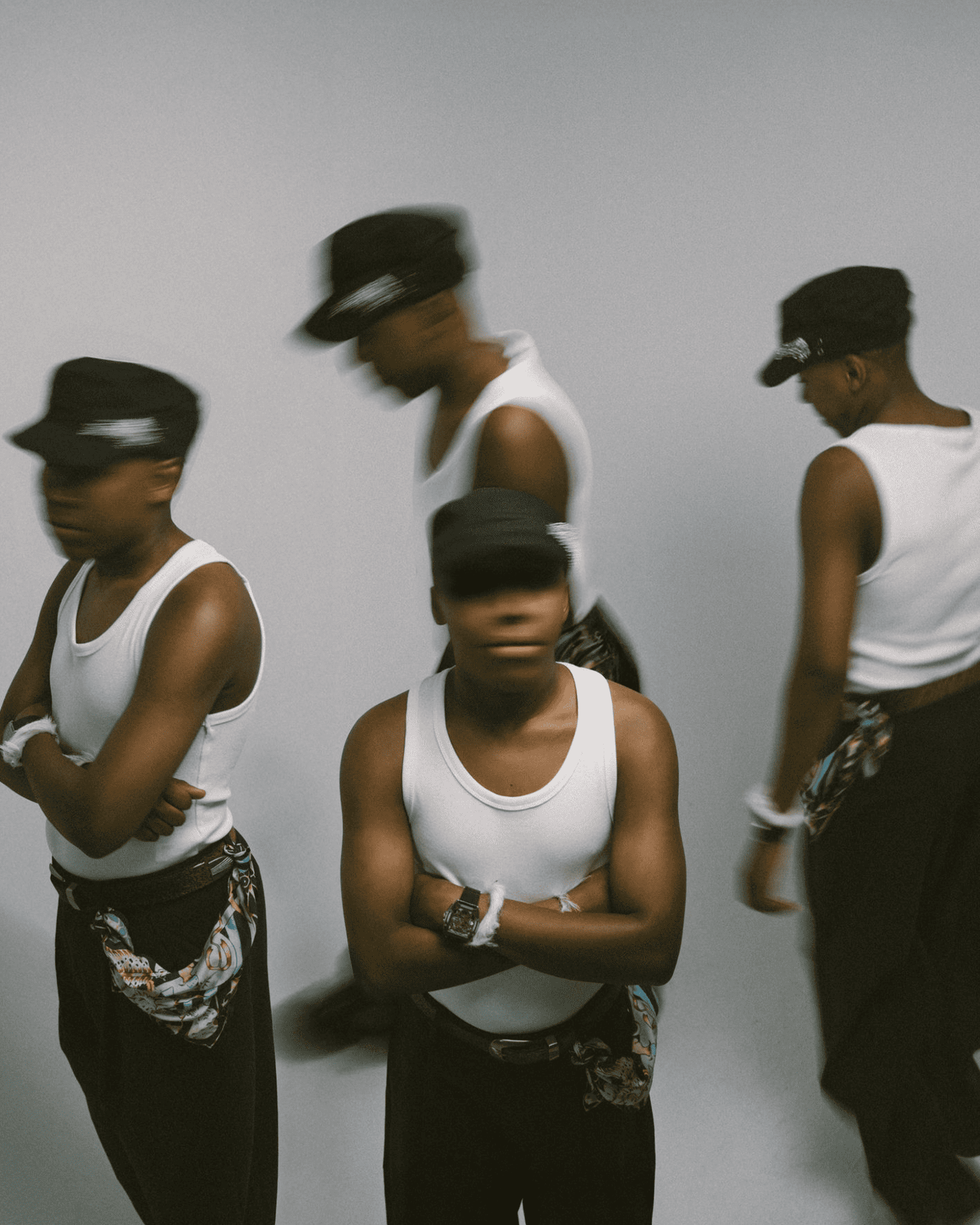
What has been the most significant change in terms of, you know, the vibe you are now versus the Vigro you were when you first started, like, creatively, personally?
I'm grateful I never listened to anyone who might have discredited me in my career. I didn't let negativity in; I just kept on going. The motive was there, so whether you like my songs or not, whether you compare me with who me, I'm just minding my own business. Yeah, that's what makes me different. That's a huge change I get to make because I believe in what I want to do. I'm always true to myself, and I don't take my career or my plans for granted. If I have something planned, where I want to see myself in the next five years doing it, like I'm a go-getter, like I'm there —I'm gonna do it.
How did you navigate the industry, and how has amapiano grown from when you first started to where you are now?
I’ve been lucky to have good people around me and the proper guidance. I’ve learned a lot from those who came before me, people in the industry who shared advice and experiences that helped me grow. Travelling and seeing how people respond to Amapiano around the world also taught me a lot. It opened my mind and helped me understand how to adapt and connect with different audiences. I’ve always been that person who’s willing to listen, learn, and take in new things; that’s what’s helped me move forward.
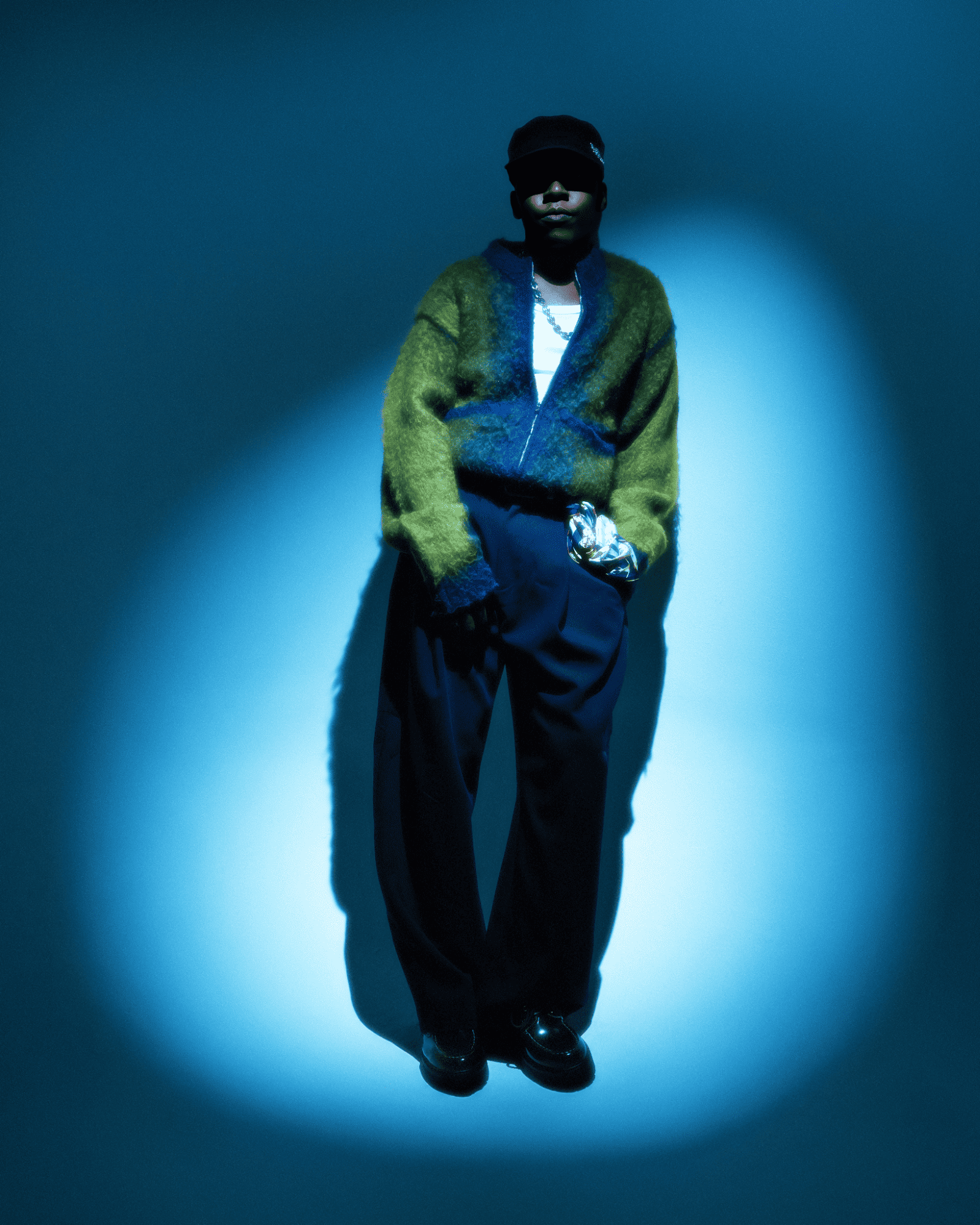
When creating the world that exists as Baby Boy, how did you expand that beyond the music into other creative aspects?
When I get into the studio, I go into my own world. I always say I’ve never been to space, but that’s what it feels like — like I’m somewhere no one else has ever been. That’s where the Baby Boy universe started for me. It’s a space that only exists in my mind, and that’s what I try to share through my music — taking people somewhere they’ve never been before.
But I didn’t want that world to live only in sound. I wanted people to see and feel it too. You can see that in the visuals I did with Bhampa and A-Z (Yashi moto)—those videos really brought the Baby Boy world to life. The cover artwork also symbolises the same idea of taking my music out of my head and into the real world — expanding creativity beyond the studio.
Even in my live sets now, I try to keep building on that universe. When I DJ with the keyboard and live elements, it’s about making people experience that space in real time — not just hearing it, but feeling it. That’s what Baby Boy has always been about: turning my imagination into something you can see, hear, and live in.

What do you think this album represents about where you are in your career right now?
It represents Vigro from Pretoria — the kid who grew up listening to DJ Mujava. He was one of the first to really open doors internationally, to show that our sound could travel. That inspired me. I’ve always wanted to raise the flag for where I come from — to show the world that Pretoria has its own energy, its own sound, and I’m proud to carry that with me wherever I go.
With this album, I wanted people to feel like this is a full-circle moment, the final chapter of the Baby Boy series. I poured everything into it. I wanted to take all my creativity beyond the Amapiano sound people are used to hearing from me. It’s a fusion of the old me, the new me, and the international side of me. There’s Amapiano, electronic, Afro house, 3-ste,p all of it in one body of work.
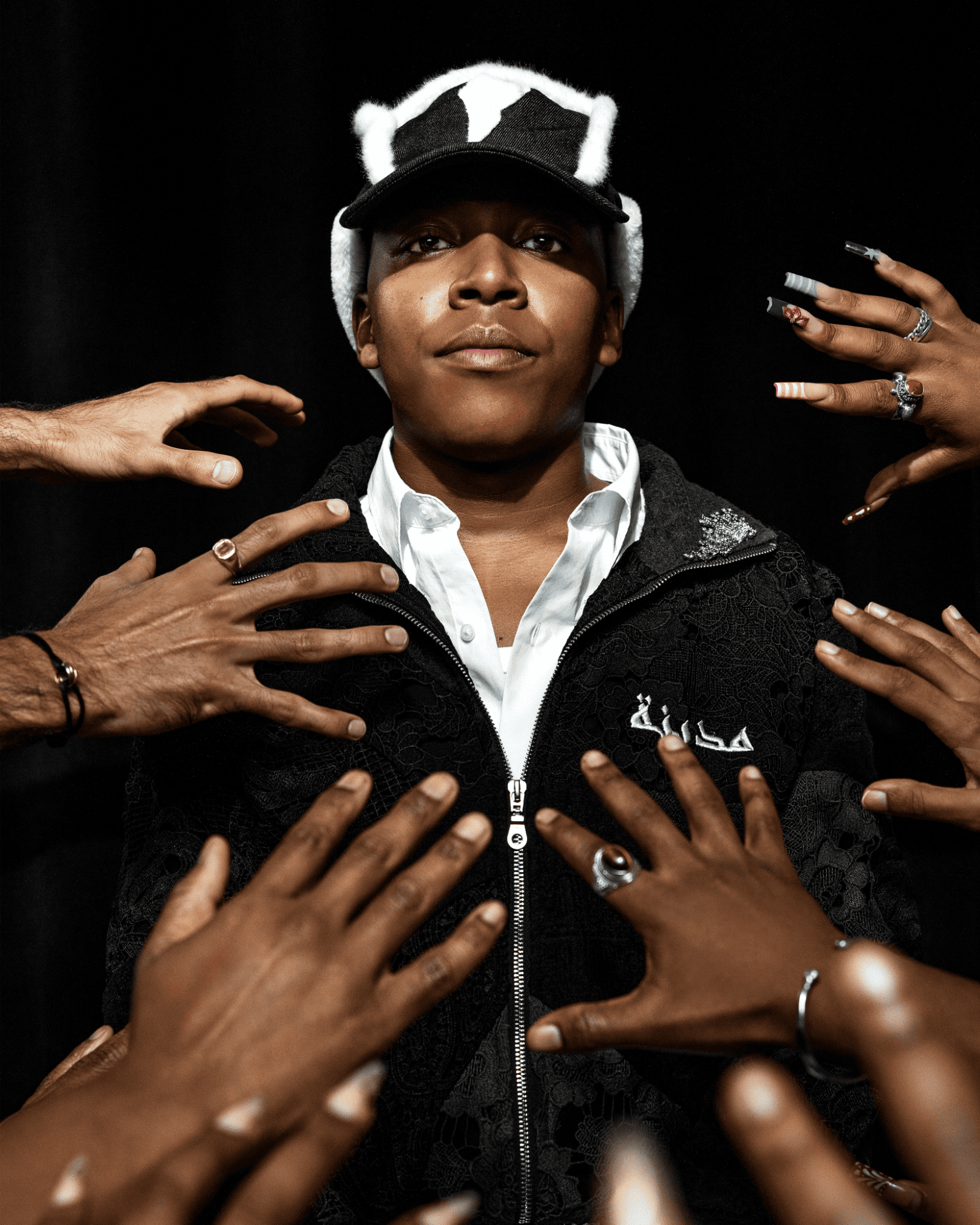
What kind of excites you, and what are you looking forward to seeing in terms of what's coming and like, even just for you and your next chapter of your journey, like, what? What about you? Do you see that it's like that, which excites you about what's coming?
What excites me about what is coming is the new music and the new parts of the world I haven't reached. Trying to blend in and come up with something new, you know, be part of some other cultures and do that. That's just me being excited to see other parts of the world, unlike the ones I've already known. There's gonna be more of me, more music videos, you know, more on TV. Even you know streaming live is coming, too.
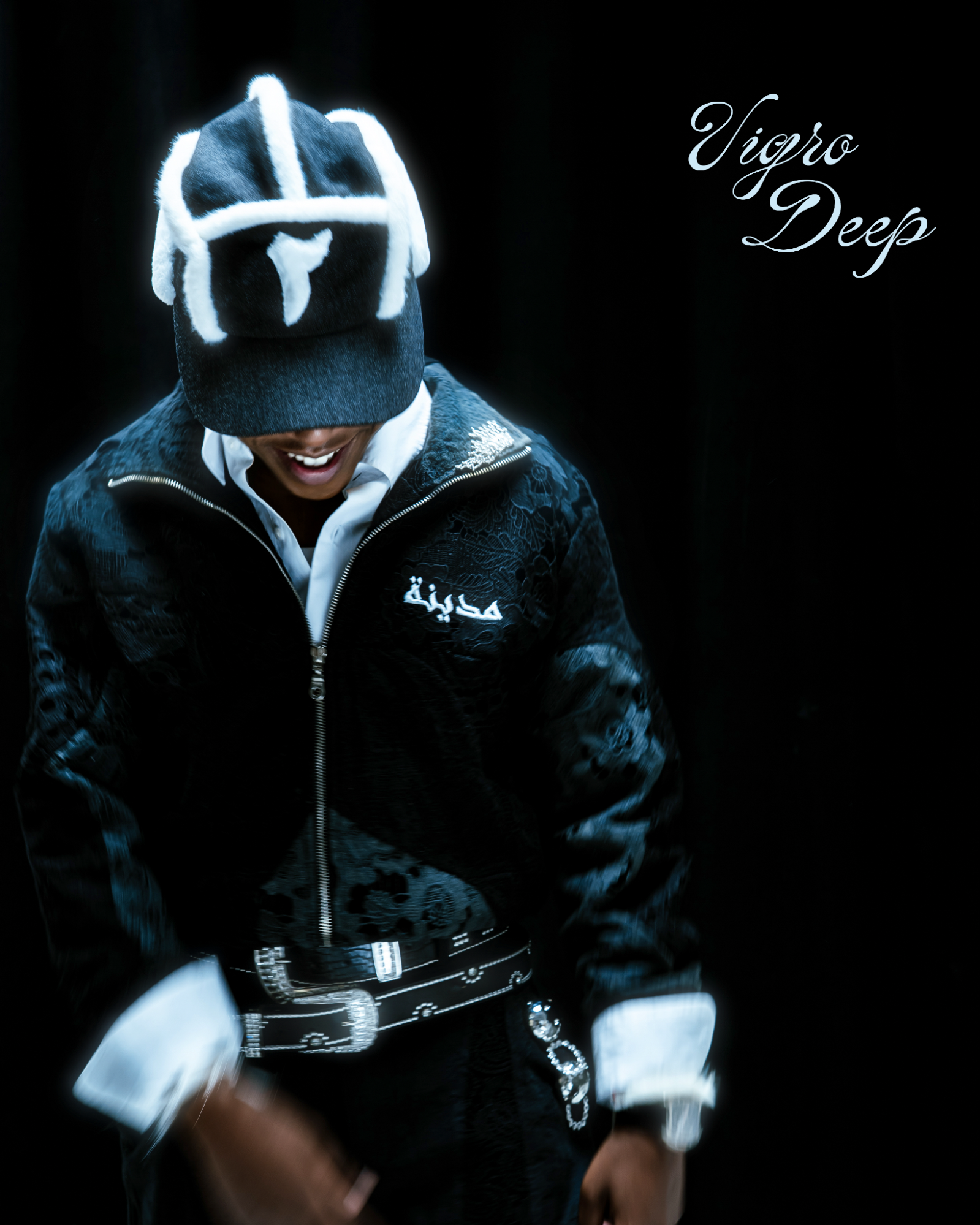
Production Credits:
Photographer: Neo Gilder @neotookthat
Creative Direction: @lifethroughmylense_pro @_siy.a @Kosi_s
Producer: Seneo Mwamba @SeneoMwamba
Lighting: Bruno Nnadi @risquesociety
Stylist: Mh'ya Mclean @mhyamclean
Grooming: Afsha Kabani @afshaartistry
Design: @dianeadanna
CGI: @jr_ecko
BTS: Blair Watson @blairs_cornershop
Words: Seneo Mwamba @SeneoMwamba
